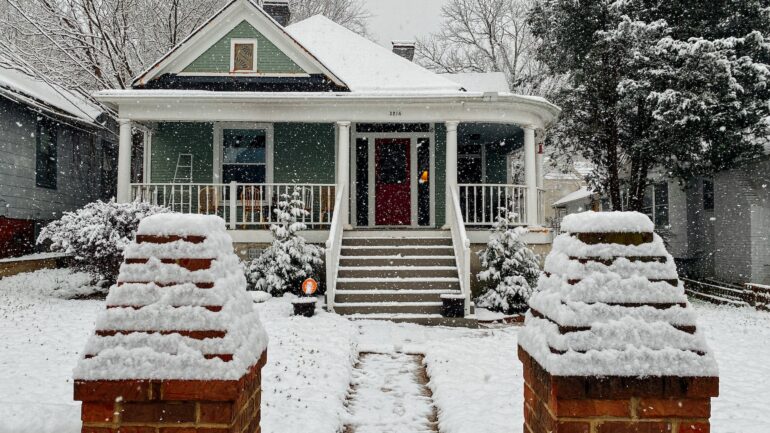A snow load calculator is a valuable tool for calculating the weight of snow on roofs and the ground below. Snow load calculators are easy to find online. Enter your information into the appropriate fields and get a result in pounds per square foot of snow. You can also calculate the snow load on the roof of a specific building.
Ground snow load is measured in pounds per square foot.
The ground snow load is a measure of snow weight on the ground. It varies greatly depending on the location and terrain, ranging from 40 to 85 pounds per square foot. For example, in southern states, the ground snow load may be as low as ten pounds per square foot. To calculate the snow load, create a vertical column of snow and weigh it. Then, divide that weight by the square footage of the building.
The ASCE 7-05 document provides the basis for calculating ground snow loads. In general, the ground snow load should represent a snow load with a 50-year recurrence interval and a two percent probability that it will exceed the value in any given year. In addition, ASCE 7-05 commentary mentions statistical analysis of past snow and ice conditions to calculate the maximum ground snow load in a given region.
The maximum weight of snow on a roof is measured in kilograms per square meter.
The maximum weight of snow on a roof is calculated in kilograms per square meter. The importance of snow on a top is a significant consideration, especially when snow is expected to accumulate for months. However, there are ways to determine the maximum weight of snow on a roof before it occurs.
The amount of snow that can accumulate on your roof is determined by calculating the moisture content in the snow. Alternatively, you can weigh a standard three-pound coffee by pushing it into the snow. You can also multiply the depth of snow by 5.2 to get the weight per square foot. However, the importance of snow on a roof can be catastrophic if it accumulates on a sloped roof. Therefore, it would be best if you considered other factors to determine the sustainability of your roof.
Calculating ground snow load
The ASCE 7-05 standard provides an example of calculating ground snow loads based on weather data. The snow load should generally represent a 50-year recurrence interval with a 2% probability of exceeding the value in a given year. The commentary also mentions statistical analysis of weather data. Using these data in conjunction with a snow load calculator allows designers and engineers to estimate ground snow loads in their projects.
You can move north, south, east, and west to see where the ground snow load value is based. You can also enter a town or street address in the search bar to find the weight of ground snow load for that location. After you’ve entered your site, the calculator will display a map of ground snow load values in decimal degrees. If you don’t live in Washington State, you can find ground snow load values in other states by searching the state’s snow elevation map.
Calculating roof snow load
Using a snow load calculator can be very helpful when it comes to assessing the amount of snow and ice on your roof. It is important to note that ice has a density of over fifteen times that of fresh snow. To calculate the snow load on your top, you must enter the total weight of the snow and ice on your roof and the full load you would expect the snow to have on your roof. To use a snow load calculator, input the weight of the total shipment on the top into the online tool.
The slope of your roof is also an essential factor to consider when calculating the amount of snow and ice on your roof. The steeper your roof pitch, the less weight your roof will bear. To calculate the snow load on your roof, multiply the depth of snow by its density. This will give you a general idea of how much snow and ice will fall on your roof. It is also essential to consider the quality of the snowpack.





